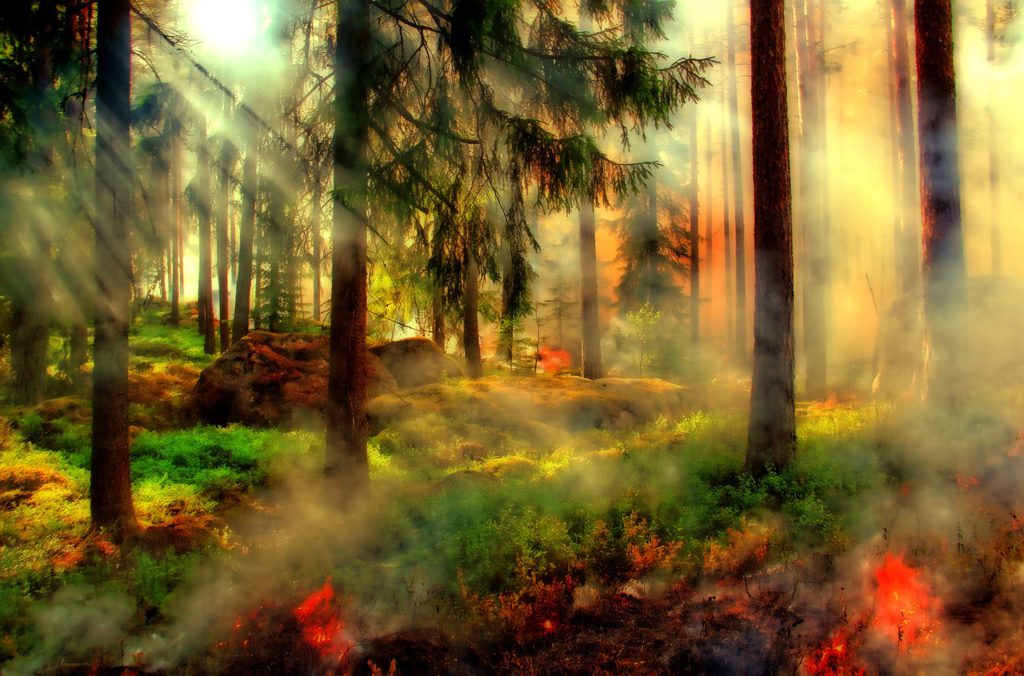
The reality of waste produced in Australia is slightly disturbing. When you throw the waste in the dustbin, you will expect it to be recycled. But the truth in Australia is that much of the waste to be recycled is sent to other countries. In these countries, the waste is processed and new products are created from it. According to the statistics in 2016 – 2017, almost half of the waste collected in the country which consisted of plastic, paper, metal or cardboard was shipped to the other countries.
Since then, China rejected waste that was extremely contaminated. Their selective acceptance resulted in a decrease in the Australian waste that left the country. So, they were forced to pile up at facilities which were hazardous. Stocking waste brings a huge risk of fire.
Recycling Industry and Blazes
The industry has been infamous for large blazes and fires. It is not because of poor management, but it is the risk that comes with this particular sector.
The waste fires are possible to occur during any or all stages of the chain of waste management. For instance, it can be during the collection, transfer, recycling or disposal or any other stage in between. The source of materials that are combustible also contributes significantly. These can include tyres, wood waste, green waste, solvents, batteries etc which have a huge potential to harm the environment. Not only that, due to these fires, dangerous chemicals are dispensed to the atmosphere and the groundwater which can pose as a serious health concern to the common public.

The fundamental problem that comes with the risk associated with fires in waste materials storage. These large stockpiles are the major contributors to the intensity of the fire once it starts. Wastes that are incompatible are highly prone to quick and rapid combustion and there is an added risk of the lithium batteries exploding from the shredders. These fires can also start from waste materials that are self – heating in nature, falling embers or even arson and can cause or contribute to neighbouring fires or bushfires.
How to Solve the Problem?
The recycling industry has to be proactive about the measures it takes and there must be strict practices in every establishment concerned with the same. There must be mandatory fire prevention plans which must be followed at all existing and upcoming waste treatment and storage facilities.
For instance, sprinkler systems must be compulsorily provided in waste storage facilities above a particular size and capacity. Also, there must be a limit on the number of waste materials that are exposed to the outside. This outside kept waste materials are a critical reason for the spreading of fire. There must be a limit on the stockpile and no overstuffing the facility.
Firefighters and other related regulators are important stakeholders of this, they must be accounted while drafting the standards. The fire codes must become the standard across the country. At the same time, the government must provide more support to live the transformation measures. Some of the members of the Australian Council of Recyclers have called for the freeing up of the landfill levy funds so that more protection can be provided to the recycling facilities and depot.
So, the more effectively the waste materials are handled in the country, the more chances are for the reduction of bushfires and even if they occur, they can come into control more easily. Strict measures must be followed by all stakeholders to reduce and nullify the contribution of the recycling industries towards the bushfires.






